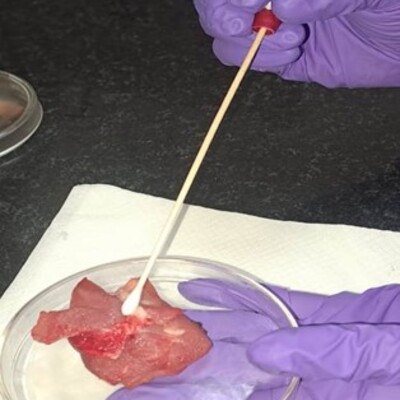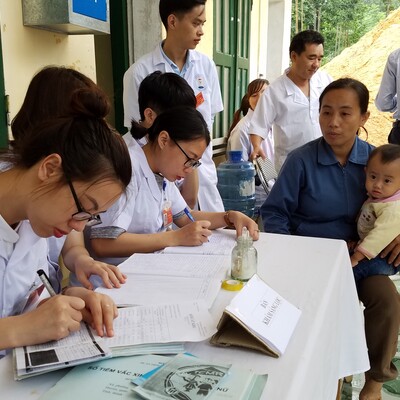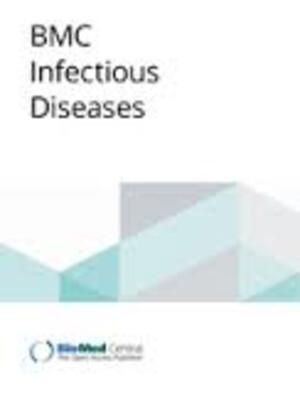
New study evaluates antimicrobial use by smallholder poultry farmers in Kajiado and Machakos counties in Kenya
Smallholder poultry farmers need information on how to use antimicrobials correctly in chicken to reduce the selection and spread of antimicrobial resistance, a new research study says.
Antimicrobial use is a major driver of antimicrobial resistance, which occurs when microorganisms evolve mechanisms that protect them from the killing effects of antimicrobials and, as a result, infections become untreatable.
Antimicrobial resistance is a rising global public health threat. In 2019, 1.27 million deaths were attributed to resistant bacterial infections, and by 2050, it is predicted that antimicrobial resistance will cost upwards of USD 100 trillion annually, accounting for 10 million deaths worldwide.
The study, published in Antibiotics (May 2023), analyzed the distribution and use of antibiotics, a type of antimicrobial, in peri-urban smallholder poultry systems in Kajiado and Machakos counties in Kenya.
The study was designed to provide baseline information for further work to improve antimicrobial use among the study participants.
The information was collected by way of a survey among poultry farmers and key informant interviews with agrovet shop operators, animal health providers and veterinary officers.
Most of the 100 farmers interviewed were over 50 years old and all of them kept chickens, with some keeping ducks and turkeys as well. Two-thirds of the farmers kept other livestock such as sheep, cattle, goats, donkeys and pigs.
Antibiotics constituted 43% of the drugs reportedly used on the farms and these were mostly administered by the farmers themselves. Leftover drugs were either stored for later use or disposed of, mostly by incineration.
Local distributors and pharmaceutical companies supplied antibiotics to agrovet shops which, in turn, supplied farmers.
Many farmers reported that they often bought antibiotics without prescriptions and rarely observed the recommended withdrawal periods.
These findings point to inappropriate use of antimicrobials in smallholder poultry production in the study areas. This has serious implications for poultry health and productivity as well as public health through the introduction of antimicrobial resistance genes and resistant bacteria into the food chain.
Providing farmers with information about how to best use antibiotics, the importance of observing the recommended antibiotic withdrawal periods, and risks to public health would help to reduce misuse and overuse of antibiotics in poultry production.
Antibiotic drug retailers at agrovet shops can also play a key role in farmer education as they are an important node in the veterinary drug value chain.
The study is part of a European Union–funded project, Management of animal diseases and antimicrobial use by information and communication technology to control antimicrobial resistance in East Africa, designed to improve antimicrobial use monitoring and reduce the problem of antimicrobial resistance.
Citation
Mutua, F., Kiarie, G., Mbatha, M., Onono, J., Boqvist, S., Kilonzi, E., Mugisha, L., Moodley, A. and Sternberg-Lewerin, S. 2023. Antimicrobial use by peri-urban poultry smallholders of Kajiado and Machakos counties in Kenya. Antibiotics 12(5): 905.
Photo: Chickens on a smallholder poultry farming in Kiambu, Kenya (credit: ILRI/Hung Nguyen-Viet)




















